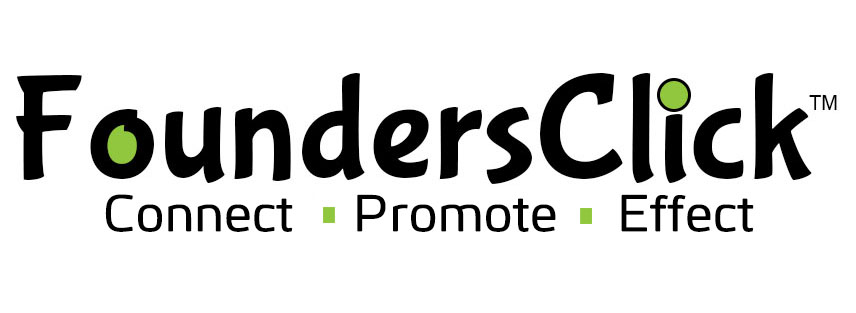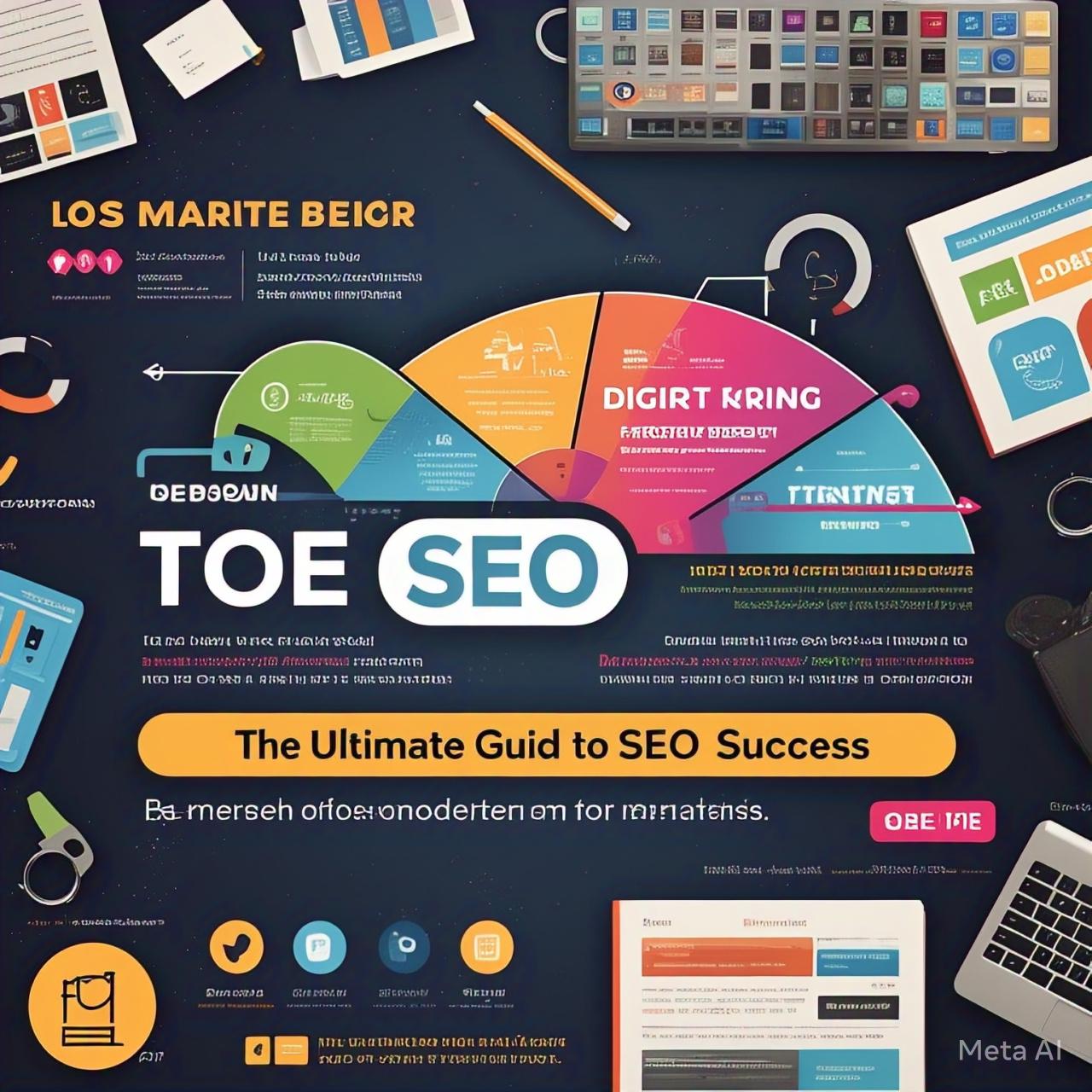1. Introduction
This section introduces the reader to SEO (Search Engine Optimization) and explains why it's a crucial part of digital marketing.
What is SEO? – A brief definition and why it matters.
How search engines work – Explanation of search engine algorithms, crawling, and ranking.
Importance of ranking higher – More visibility leads to more traffic, credibility, and conversions.
2. Understanding SEO: Basics & Importance
This section breaks down the fundamental concepts of SEO.
What is SEO? – A deeper look into SEO, its role in digital marketing, and its impact on online businesses.
How search engines rank websites – Discussion on factors like Google algorithms, crawling, and indexing that determine rankings.
Difference between organic and paid search – Understanding the contrast between SEO (free, long-term) and PPC (paid, short-term).
3. Types of SEO
Here, we explore the four main categories of SEO strategies.
On-Page SEO: Optimizing content, meta tags, internal linking, and keyword usage to improve search visibility.
Off-Page SEO: Building high-quality backlinks, engaging in guest blogging, and increasing brand mentions.
Technical SEO: Improving website speed, mobile-friendliness, structured data, and fixing crawl issues.
Local SEO: Optimizing for location-based searches using Google My Business, local citations, and NAP consistency (Name, Address, Phone Number).
4. Keyword Research: The Foundation of SEO
Keywords are the backbone of SEO. This section covers:
Why keyword research is important – Understanding user intent and targeting the right audience.
Keyword research tools – Exploring tools like Google Keyword Planner, Ahrefs, and SEMrush to find high-ranking keywords.
Types of keywords – Short-tail vs. long-tail keywords and how they impact search rankings.
Competitor keyword analysis – How to analyze what keywords competitors are ranking for and leverage them.
5. Content Optimization for SEO
Optimized content is key to ranking higher. This section discusses:
Creating high-quality content – Writing relevant, engaging, and informative content.
E-E-A-T principles – Experience, Expertise, Authoritativeness, and Trustworthiness to improve credibility.
Using multimedia – How images, videos, infographics boost engagement and rankings.
Content freshness – Importance of updating old content to keep it relevant.
6. Link Building Strategies
Backlinks help improve a website's authority. This section includes:
Why backlinks matter – How links from authoritative sites boost rankings.
White-hat vs. black-hat SEO – Ethical vs. unethical link-building techniques.
Effective strategies – Guest posting, broken link building, and HARO (Help a Reporter Out).
Avoiding spammy backlinks – How bad backlinks can harm SEO.
7. Technical SEO Best Practices
This section focuses on optimizing website infrastructure.
Mobile-first indexing – Why Google prioritizes mobile-friendly sites.
Improving site speed – Core Web Vitals and how slow websites hurt rankings.
Website security (HTTPS) – Why SSL certificates are important for SEO.
Structured data & rich snippets – How schema markup helps search engines understand content.
8. Measuring & Tracking SEO Performance
To improve SEO, tracking is essential. This section covers:
SEO tracking tools – Google Analytics, Google Search Console, Ahrefs, and SEMrush.
Key SEO metrics – Organic traffic, bounce rate, CTR (Click-Through Rate), and domain authority.
Conducting an SEO audit – Regular audits help identify and fix SEO issues.
9. Common SEO Mistakes to Avoid
Many businesses make SEO mistakes that hurt their rankings. This section warns against:
Keyword stuffing & duplicate content – Overusing keywords and copying content can lead to Google penalties.
Ignoring mobile optimization – Most searches happen on mobile, so a mobile-friendly site is crucial.
Poor internal linking – A well-structured site helps search engines and users navigate easily.
Buying backlinks (black-hat SEO) – Unethical practices can result in Google penalties.
10. Future Trends in SEO
SEO is constantly evolving. This section explores upcoming trends like:
AI-powered SEO – Google’s RankBrain, BERT, and Gemini AI algorithms shaping search results.
Voice search optimization – More users are using voice assistants like Siri, Alexa, and Google Assistant.
Video & visual search – How YouTube SEO, image search, and Google Lens are impacting rankings.
Core Web Vitals updates – Future Google updates focusing on page experience and user engagement.
11. Conclusion
This section wraps up the blog with:
Key takeaways – A summary of the most important SEO concepts covered.
Encouragement to take action – Motivating readers to start implementing SEO strategies.
Call to action (CTA) – Inviting users to subscribe, contact for SEO consultation, or explore further resources.
Final Thoughts
This blog structure ensures a complete, easy-to-follow guide on SEO that covers everything from basics to advanced strategies.

 SkillClick
SkillClick
